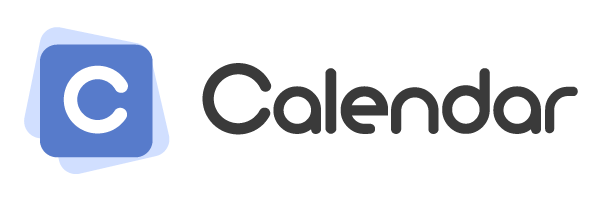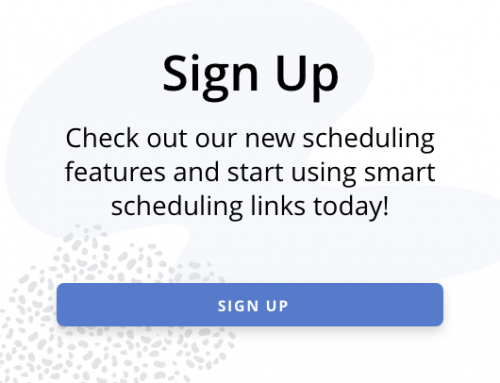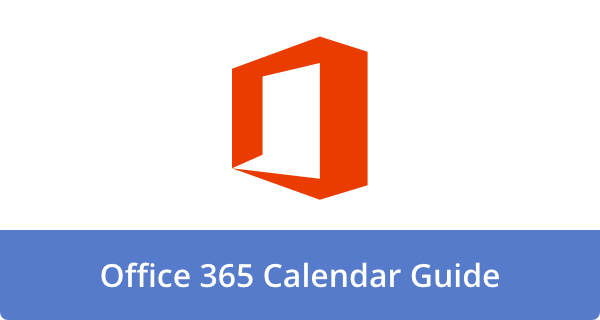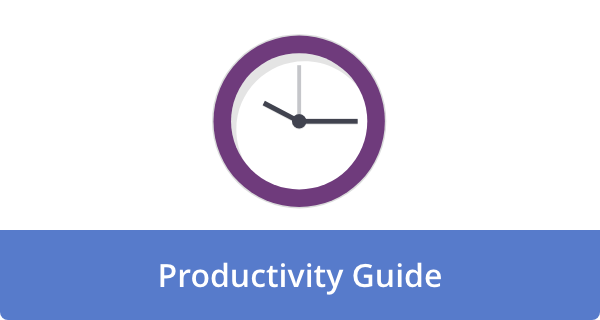

As we strive to be more efficient, we always look for the “next big thing.” In terms of productivity, Artificial Intelligence (AI) is just as in demand as tickets to Taylor Swift’s Eras tour. Surveys of workers show that between 20 and 40 percent of workers use AI at work.
But as we embrace automation and intelligent tools, two pressing questions linger. Are traditional productivity methods still relevant in this AI-driven era? Or does AI offer a revolutionary leap, catapulting productivity beyond anything we’ve ever imagined?
Our goal in this post is to explore both sides of the debate, weigh their strengths and weaknesses, and determine which path—or a combination of paths—will yield the most productive results.
The Timeless Foundation: Traditional Productivity Methods
We relied on human ingenuity and structured systems to manage our time before AI. These traditional methods, developed over decades, make workflows effective. As the tried-and-true tools in your productivity toolbox, they include;
- The Pomodoro Technique: After 25 minutes of laser-focused work, you take a short break and repeat this for another 25 minutes. When you have completed four cycles, you take a longer break. The concept is simple, but it’s extremely powerful for breaking down large tasks and maintaining concentration.
- Getting Things Done (GTD) is a comprehensive workflow system rather than merely a to-do list. It involves organizing your tasks into actionable steps and executing them systematically. In other words, it is about clearing your mental clutter and achieving a state of “mind like water.”
- Eisenhower Matrix. Imagine a grid with four quadrants: Urgent and Important, Not Urgent but Important, Urgent but Not Important, and Not Urgent but Not Important. With this matrix, you can prioritize tasks based on their impact so you don’t miss anything important.
- Time Blocking. Here, you schedule your day so that certain blocks can be set aside for specific tasks. The goal is to structure your day, minimize distractions, and give everything the attention it deserves.
Even though these methods require discipline and consistent effort, they have been proven effective. By cultivating strong work habits, they help people feel a sense of control, promote mindfulness, and cultivate a sense of control.
The AI Revolution: How Technology Enhances Productivity
Next, let’s explore AI’s potential to transform productivity. Using AI-based tools to manage our time and tasks is transforming our lives in the following ways;
- Automated task scheduling and management. Consider AI-powered applications like Calendar, Trello, Notion, and Todoist that prioritize tasks based on deadlines, workload, and past work patterns. Also, with virtual assistants like Google Assistant and Siri, you can set reminders, schedule meetings, and even draft emails, freeing up your valuable time.
- Making smart decisions based on data analysis. AI can analyze your work habits, identify bottlenecks, and suggest improvements to your workflow. You can even take proactive measures using predictive analytics to forecast potential delays.
- Reducing repetitive tasks. You can use AI-driven automation tools like Zapier or Microsoft Power Automate to handle mundane tasks like data entry, email sorting, and reporting. Further, chatbots can handle routine customer service inquiries, allowing human agents to focus on more complicated issues.
- Enhanced focus and productivity tracking. AI tools such as RescueTime or Focus@Will can monitor your screen time, identify distractions, and suggest optimal break times so you can maintain maximum concentration.
As a whole, AI improves efficiency and automation beyond what traditional methods can deliver. It’s like having a personal assistant who anticipates your needs and streamlines your work process.
The Limitations of AI: Human Judgment Still Matters
While AI-driven productivity tools have many advantages, they also have several drawbacks;
- Lack of human judgment. Despite AI’s ability to analyze data, it lacks emotional intelligence and contextual understanding to make nuanced decisions. For example, a computer may prioritize tasks according to a deadline, but it does not understand the human element.
- Dependence on technology. When AI is overused, time management skills may be compromised. After all, when technology fails, what happens?
- Data privacy concerns. Often, AI tools collect, analyze, and store personal data, raising privacy and security concerns.
- Potential for over-automation. The excessive use of automation can cause disengagement and a lack of accountability. When everything is done for you, where is the drive?
The Enduring Strengths of Traditional Methods: The Human Touch
Even though AI offers efficiency, traditional methods have endured for a reason;
- Emphasize personal discipline. Strategies such as time blocking and the Pomodoro Technique can cultivate self-discipline, time awareness, and a sense of control.
- Customizability and flexibility. Traditional methods allow for a greater degree of personalization. As long as you do not feel constrained by technology, you can tailor your approach to suit your unique work style and preferences.
- Encourage mindfulness. Instead of a reactive, automated approach to work, methods like GTD promote a proactive, mindful approach.
The Verdict: A Hybrid Approach for Optimal Productivity
So, which approach is better? The truth is, it’s not an either/or situation. Often, hybrid models that combine AI with traditional methods are the most effective.
- Routine tasks. Artificial intelligence excels at automating repetitive tasks, allowing you to devote more time to strategic endeavors.
- Strategic planning and deep work. Traditional methods are invaluable when focused attention, critical thinking, and creative problem-solving are required.
- Maximum efficiency. A balanced workflow can be created by combining structured time management with AI-driven automation.
Conclusion: Embracing the Best of Both Worlds
Undoubtedly, AI is revolutionizing productivity by delivering unprecedented efficiency and automation. However, it is important to remain aware of the fundamental principles of time management, discipline, and mindful work habits.
Instead of considering AI and traditional methods as competitors, we should see them as complementary tools. By strategically combining their strengths, we can unlock our full potential and achieve unprecedented productivity levels. Ultimately, it’s about finding the right balance, mix, and approach for you.
FAQs
What are the main differences between AI-powered productivity methods and traditional methods?
Traditional methods rely on manual planning, lists, and time management techniques. On the other hand, AI-enhanced methods automate tasks, analyze data, optimize schedules, and learn user habits to provide individualized recommendations.
Does AI actually improve productivity, or is it just a trend?
AI allows you to automate repetitive tasks, provide data-driven insights, and spend more time on strategy. Its effectiveness, however, is dependent on its implementation and user acceptance.
Are traditional productivity methods obsolete now that AI is available?
Not at all.
Traditional methods, such as the Pomodoro Technique and prioritization, still have value in terms of time management. However, using AI can make these methods more efficient and personalized.
How can I integrate AI into my existing workflow?
The first step is identifying areas where AI can automate repetitive tasks or provide valuable insights. From there, integrate AI tools seamlessly into your existing software and gradually incorporate them into daily routines.
What are some potential drawbacks of relying solely on AI for productivity?
In addition to losing critical thinking skills, overreliance on AI can reduce adaptability and lead to privacy concerns. As such, using AI as a tool is crucial rather than replacing human judgment.
Which is better for me: AI or traditional methods?
Ultimately, it comes down to your individual preferences, needs, and workflow. While artificial intelligence excels at automating and analyzing data, traditional methods are flexible and controllable. Generally, a hybrid approach often yields the best results.
Image Credit: Pavel Danilyuk; Pexels











John Rampton
John’s goal in life is to make people’s lives much more productive. Upping productivity allows us to spend more time doing the things we enjoy most. John was recently recognized by Entrepreneur Magazine as being one of the top marketers in the World. John is co-founder of Calendar.